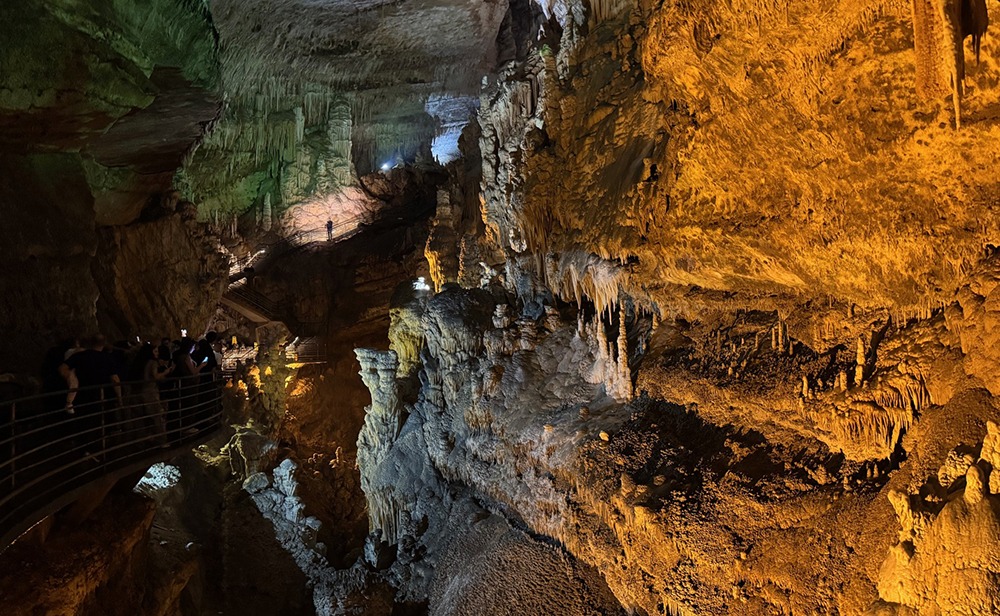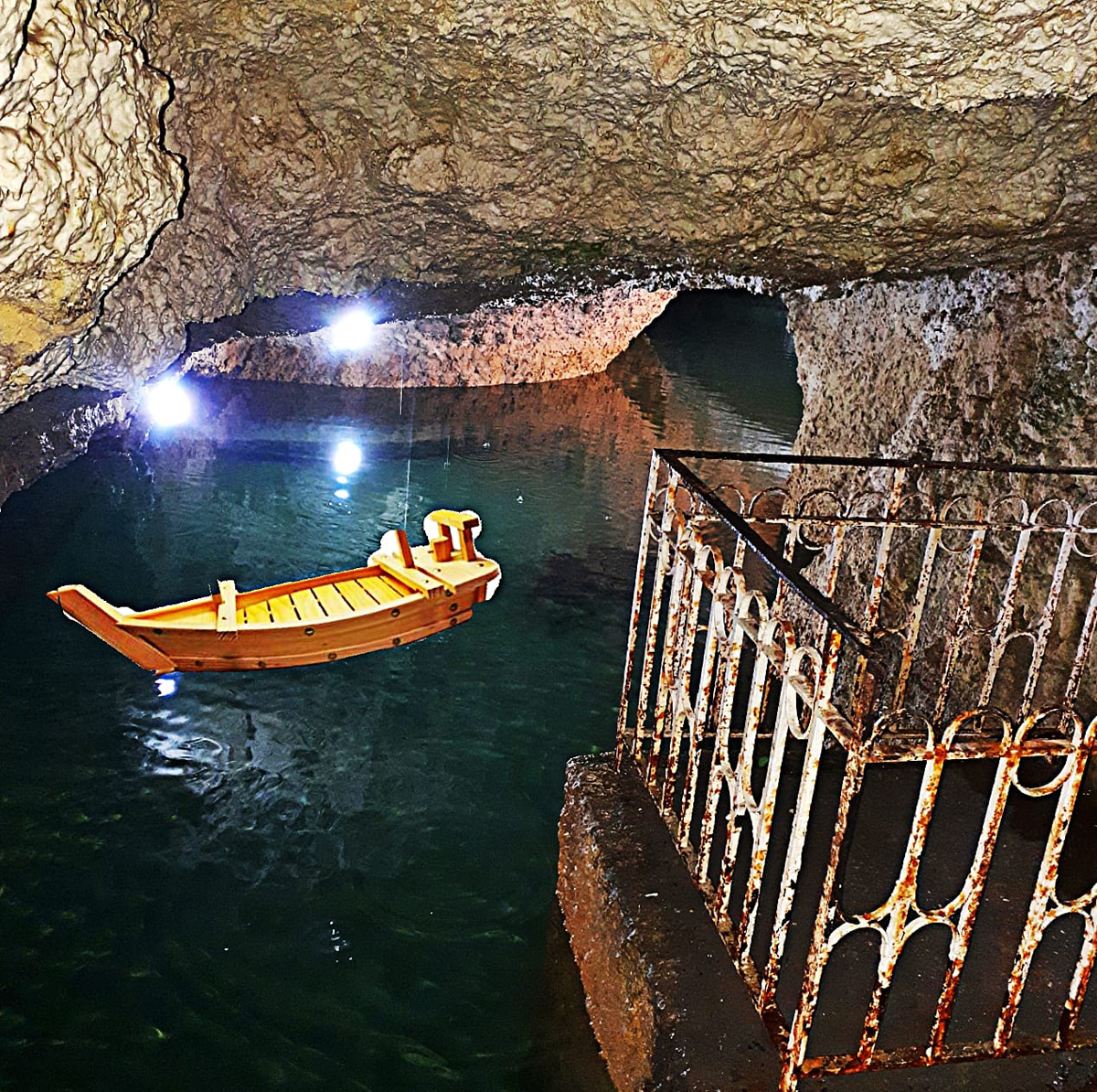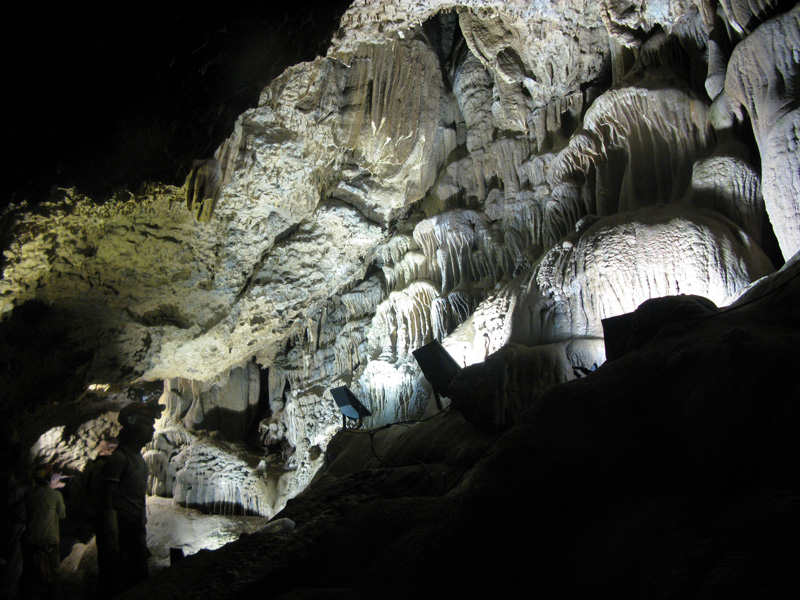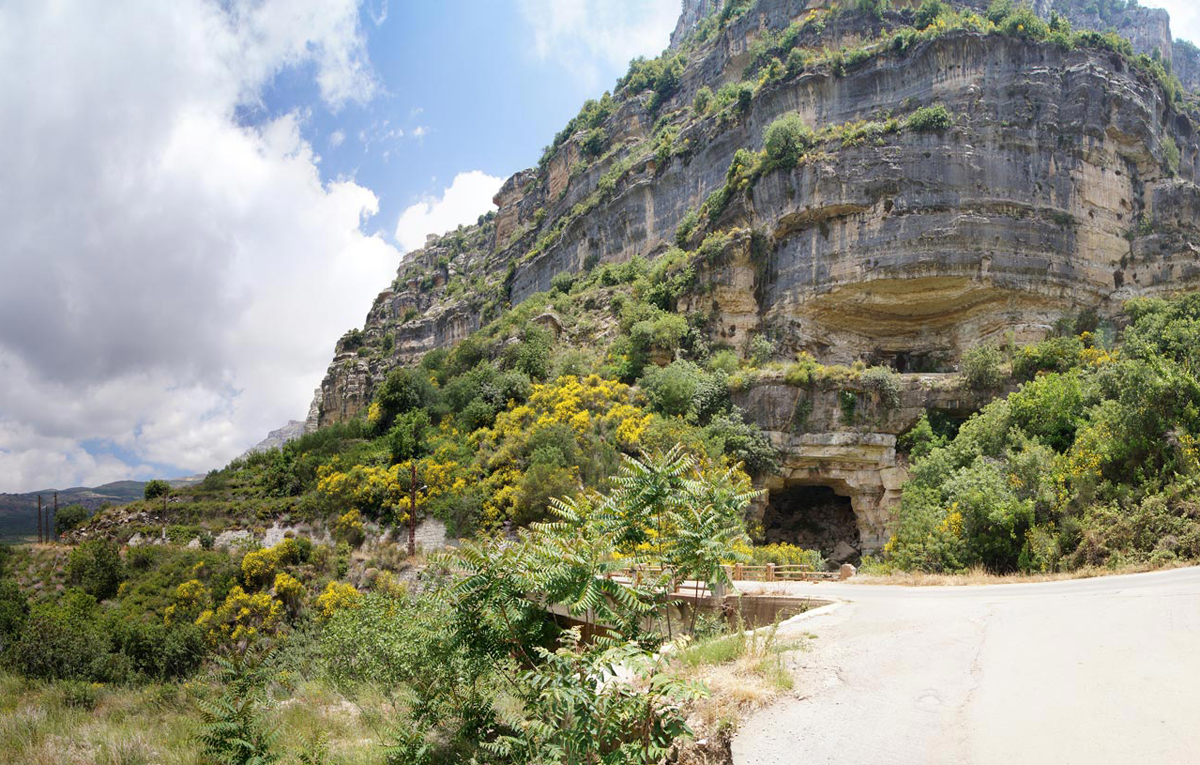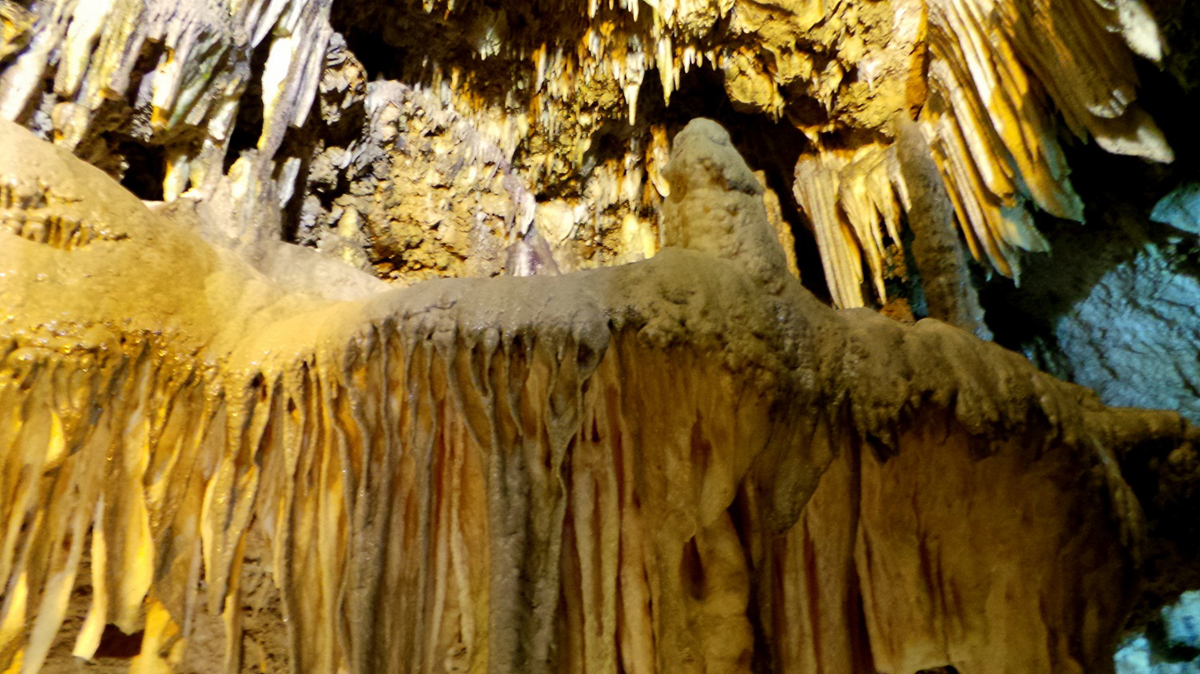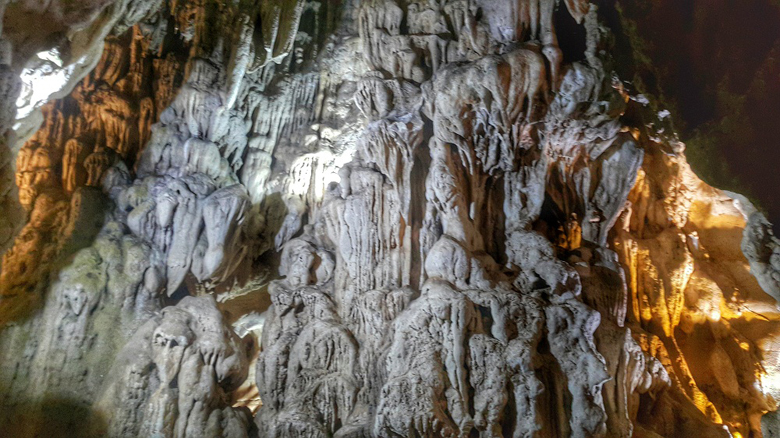Beyond its majestic mountains and glistening coastline, Lebanon boasts underground treasures that will take your breath away. Discover seven caves and grottos dotted across the country and what makes each magnificently unique.
Ain Wzain
Derived from Syriac (inziū), meaning power source, and Arabic (عين و زين), meaning good water source, Ain Wzain Grotto (+961 3 619 551) in Shouf was discovered in 2003 during the construction of a car park. Cave mapping unearthed a site of over 400 meters, 185 meters of which are open to tourists. The passages are just two meters wide and the grotto’s labyrinth system exposes a chalky marl formation of the upper cretaceous stalagmites, stalactites, and other dangling rock formations. Artificial lighting guides visitors and extends beyond the accessible section to show the continuation of the cave system.
Jeita
As one of Lebanon’s most famous tourist attractions, Jeita Grotto (+961 9 220 841) was discovered in 1836 by an American missionary. It is believed that Jeita means “roaring water” in Aramaic. The grottos consists of two separate limestone caves that are interconnected and span an overall length of nearly nine kilometers. Millions of years of subterranean movement have produced an epic display of gigantic stalagmites and stalactites, which can be explored on foot in the upper grotto and by boat in the lower grotto. The full tour takes up to two hours.
Kfarhim
Kfarhim Grotto (+961 5 720 500) in Shouf consists of many overlapping layers, stalactites, stalagmites and waterfalls. The cave system is between 18 and 20 meters underground.
Mabaj
Mabaj Grotto was discovered in the early 1960s. Although visitors can only access the first 192 meters of the cave, the cave passages have a variety of forms and textures. The entrance to the cave is a natural, wide opening, offering easy access for visitors to start their adventure.
Roueiss
Discovered by Lebanese speleologists in 1955, Rouiess Cave (+961 3 128 708) in Akoura boasts an underground river and around six kilometers of passages and chambers. The cave consists of three levels, each with its own unique characteristics. It is also home to the largest chamber in Lebanon after Jeita. The cave has a colony of bats, and with no artificial lighting or passages, visitors must be ready to take on full darkness, guided only by the light of their torches.
Qadisha
The 778-meter long cave of Qadisha Grotto in Bcharre is the source of the Qadisha River and reveals a dazzling collection of stalactites and stalagmites.
For details, contact the municipality on +961 6 671 088.
Zahlan
Set in strata of calcium and dolomites, the Zahlan Cave (+961 70 322 999) in Danniyeh belongs to the late Jurassic period. It is divided into three sections; the current cave, a lower cave and a third cave at the bottom of the valley, where the Zahlan fountain gushes out. Visitors to Zahlan can explore a meandering cave rich in calcite formations stalactites and stalagmites, which cover most of the walls and ceilings. Pottery discovered inside the grotto date back to the bronze age, animal remains of a bear were also found and they date go back to 19th century. The grotto was inhabited and human skeleton were also discovered but were not studied yet.
If you enjoyed reading this, check out our article on five epic waterfalls in Lebanon.
Loading


